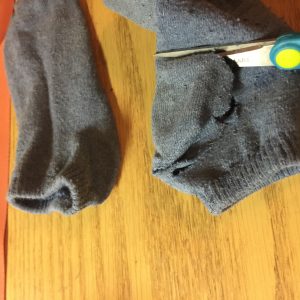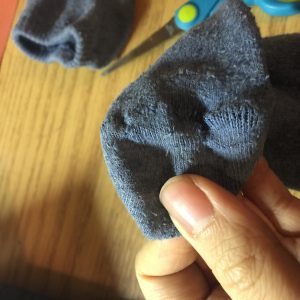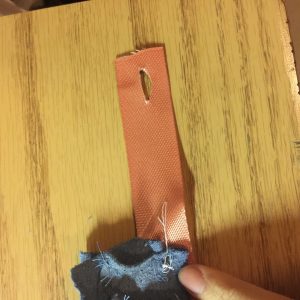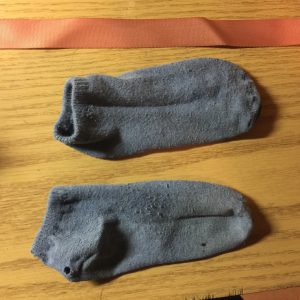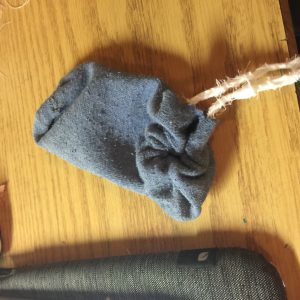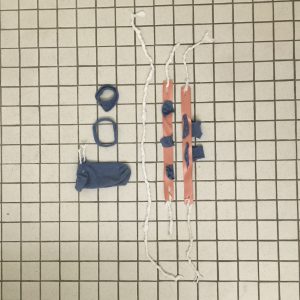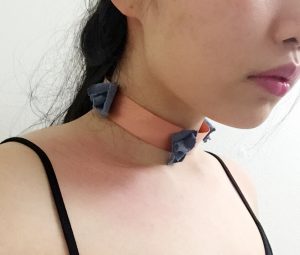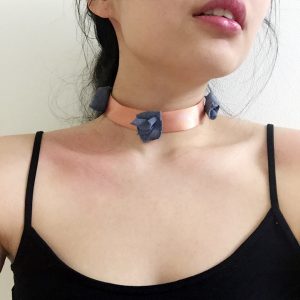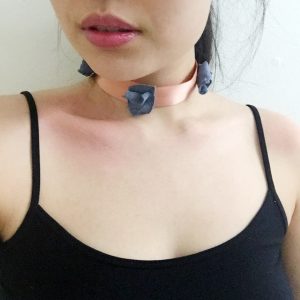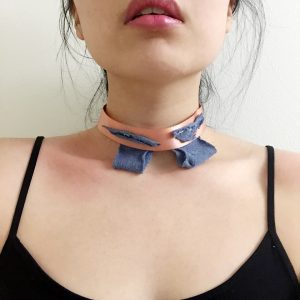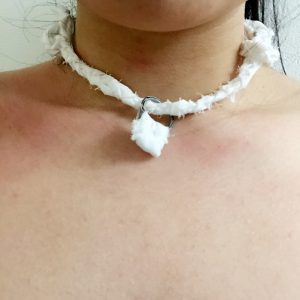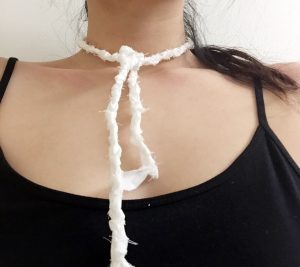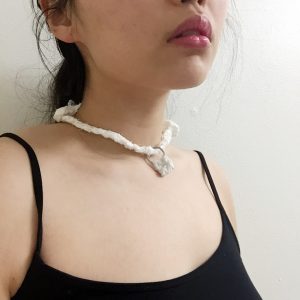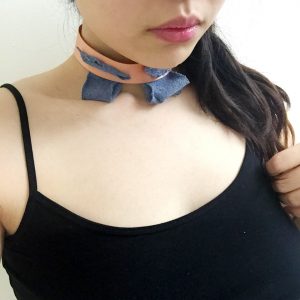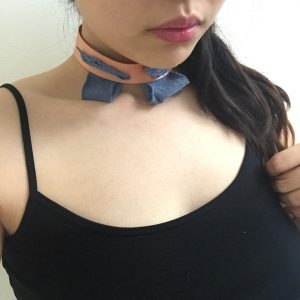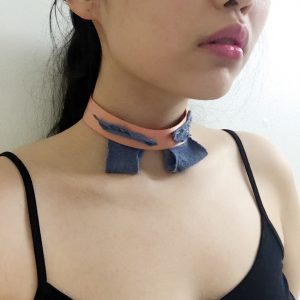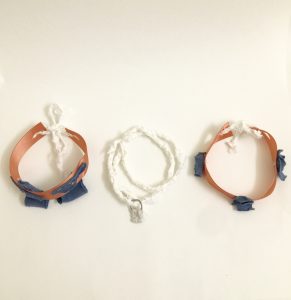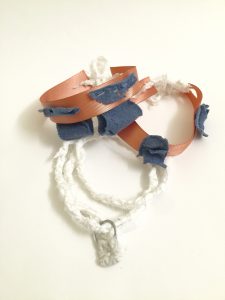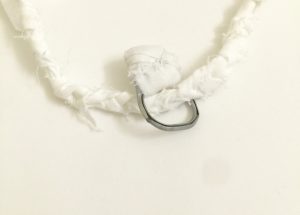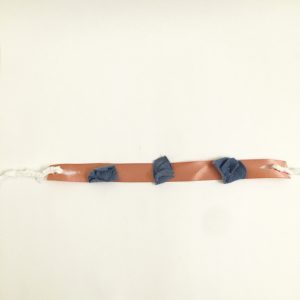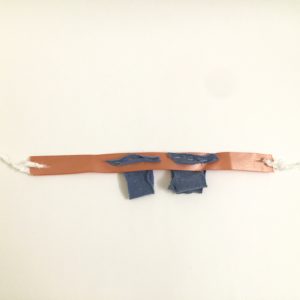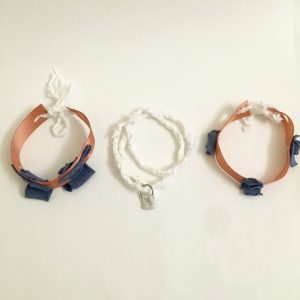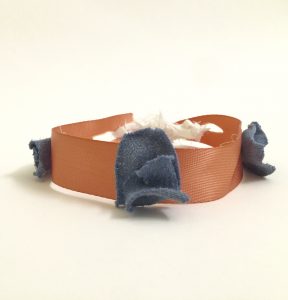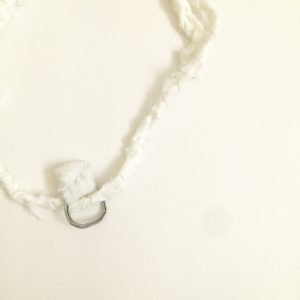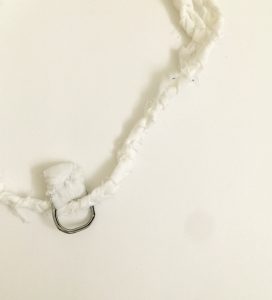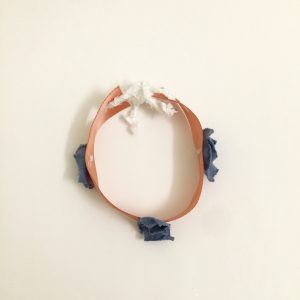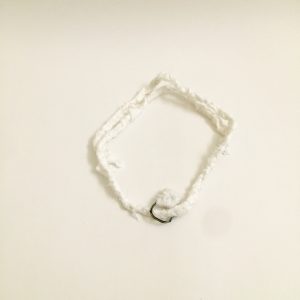I had a broken pair of socks, two ribbons and a string that I weaved out of left over bed sheets. I was initially wanted to fix my broken pair of socks, but instead, I want to have fun with my “trashes” and turn them into something intriguing.
I started of cutting random clothes from the one sock that had whole in it and sew them on the ribbons. The other sock was made into a small bags. There were also some left over ribbons that I used as hair tie.
Here are the steps that I went through.
Step 1: Ask A Question
I initially wanted to fix my socks because it was one of my favorite ankle socks.
Step 2: Do Research
There are so many ways to do so. But I do not want to fix the socks since I already have so many blues socks on my hand.
Repairing is a process that I certainly did not master well enough, I did not do a good jobs on repairing it. There are ways that can fix the socks, sewing or put cloth over the holes.
Step 3: Construct a Hypothesis
Instead, I want to turn them into something new, even trendy. I want to fixed my failing attempt to repair socks by fixing an ugly pair of sewed socks. I will turn socks and ribbons into something more useful than broken socks and junks.
I started of cutting random clothes from the one sock that had hole in it and sewed them on the ribbons. The other sock was made into a small bags. There were also some left over ribbons that I used as hair tie. It will last until the day I lose them.
Step 4: Test with Experiment
The process was really successful. I was enjoying my processes, as I was making the necklaces.
Step 5: Does it work?
The repair is more beautiful and diverse in some way than the original. I not only have 3 new choker necklaces, but also have a little pocket bag and 2 new hair ties.
Step 6: Analyze and Draw Conclusions
I learnt that there are so many potential in each items and instead of throwing away, they can be a wonderful materials for ornaments.
I think this repair will last forever as long as I can sew the cloth back on.
I was surprise initially that sometimes trashes can be beautiful too, even socks can become a necklaces.
maybe use the left over clothes to make more decoration on other clothes.
I should learn the proper ways to sew before stat to repair my socks.
Repair is an interesting world, I think repairs not only fixed the problems but gives the object an new identity. Although my initial attempt of sew socks was not ideal, but my later works not only cover the mistakes I made, but also shed light on how beautiful these materials are.
Step 7: Communicate Results
Create an illustrated LP post showing your process and results.
Be mindful of lighting, focus, background and final results.
Reflection:
I think the most important aspect of making a design easily repairable is so that we can make less waste. Buying new things will only cause more waste to go through and earth just simply does not have that much resources.
My next goal is to fix my printer.
10: Did your repair require fewer materials and involve fewer systems than buying a new replacement? Which systems?
My repair project required fewer systems, since I was the one making the progresses. The materials I was used were daily leftover things from clothes retailer store, which involve with clothing production systems.
Here are the choker necklaces that I’ve made out of leftover materials and socks. We sometimes throw away things so quickly but we haven’t thought about their potentials. I not only want to bring back trash’s potential value, but also want to review how delightful they are to work with.

